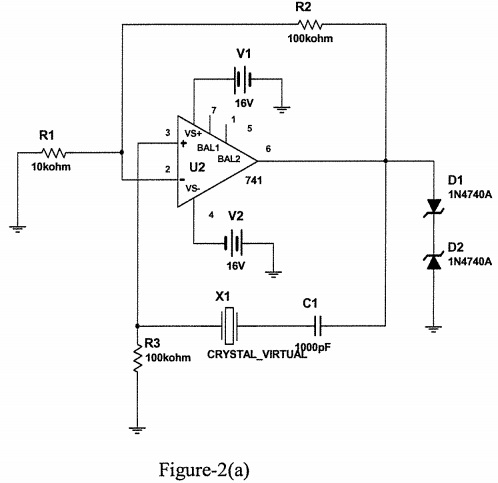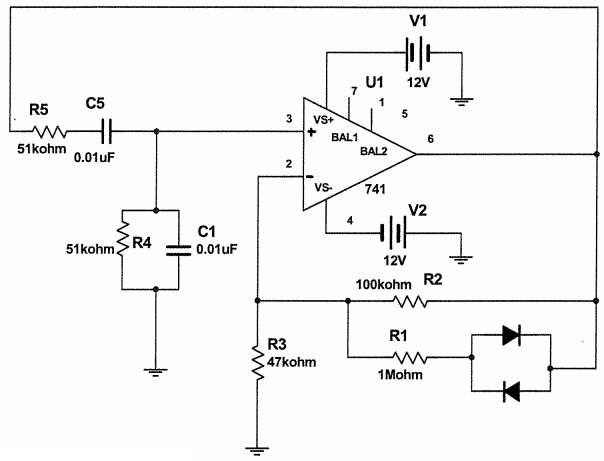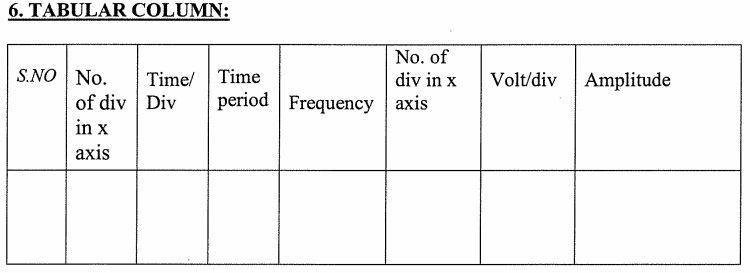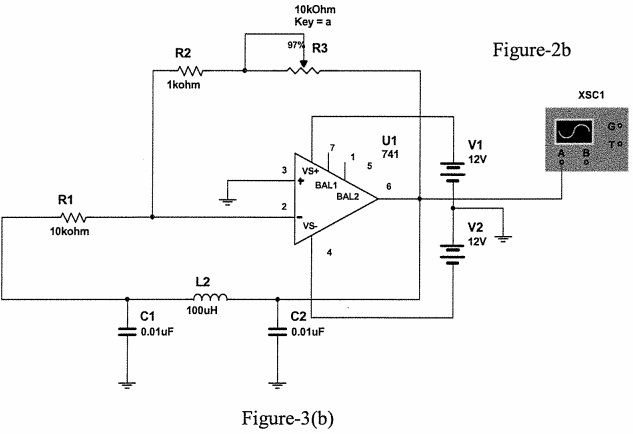Reference no: EM132399866
Learning Outcomes
1 Describe the circuit conditions and the LO4. Understand the operation methods used to achieve sinusoidal and applications of sine oscillation. wave oscillators.
2 Build and evaluate a sine wave oscillator to a given specification.
3 Explain the advantages of crystal- controlled oscillator circuits.
Electronic Principles Assignment -
Question 1:
a) Describe the following :
(i) An Oscillator and its types.
(ii) Applications of an Oscillator.
b) Describe the circuit conditions and the methods used in practice to achieve sinusoidal oscillations.
Question 2:
a) Construct the crystal-controlled oscillator given in Figure-2(a) using Multisim Software and measure the oscillation frequency.

b) Explain the advantages of crystal — controlled oscillator circuits.
4. CIRCUIT DIAGRAM:

5. PROCEDURE:
i. Connect the circuit on bread board as shown in the circuit diagram.
ii. Connect the CRO to the output of the operational Amplifier.
iii. Switch on the dc power supply and trace out the output waveform.
iv. Note down the amplitude and frequency of the output waveform in the tabular column.
6. TABULAR COLUMN

7. CALCULATIONS:
8. Graph:
9. RESULT:
Question 3:
a) Design a phase shift oscillator for an oscillation frequency of 3250 Hz.
b) Identify the type of oscillator shown in the Figure-3(b) and calculate its Oscillation frequency.

c) Build and evaluate an IC Wein bridge oscillator for the given specification.
Specification:
IC 741
R1 =R2=R=51 kΩ
C1=C2=C=0.01 μF
Write a report that includes all the titles (sub headings) given in the following lab manual.